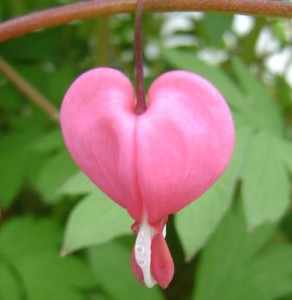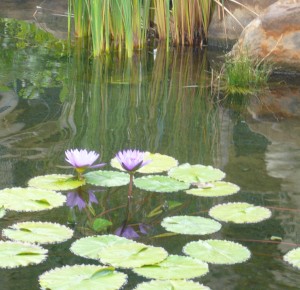 Do you turn to your heart when making decisions?
Do you turn to your heart when making decisions?
The world’s traditions are filled with poignant lessons that point to the wisdom of the heart. We learn from the sages that the voice of the heart will always tell us the right way to go in any situation.
In the ancient Brihadaranyaka Upanishad, when the sage Yajnavalkya is asked, “Where is the locality of truth?” he answers, “In the heart, for by the heart man knows truth.”
When you are attuned to your heart, you will know the appropriate response to any situation—whether to make a sacrifice for someone else or draw the line, whether to listen or say “enough,” whether to take a stand or let an issue go, whether to leave a relationship or hang on.
Instead of turning to our heart, though, we sometimes make our decisions based on how our defensive ego feels today or what our mind rationally tells us conforms to the rules of right and wrong we’ve grown up with.
Follow the Rules . . . or Follow Your Heart?
This tale from the Hasidic tradition of Judaism shows that rigidly defending the ego or following society’s rules and expectations can close down our capacity to respond wisely from our heart.
Every week a respected rabbi celebrated a weekly Sabbath meal with friends and students. One week, a new guest showed up. As the meal got underway, those attending looked with disdain on the newcomer, who was sloppily dressed and a bit crude. On top of it, seemingly without respect for the rabbi, the man pulled a large radish out of his pocket and gnawed away at it loudly. The rabbi, however, seemed not to notice.
One of the rabbi’s students, unable to stand it any longer, turned to the man and was about to reprimand him when the rabbi interrupted and said, “You know, I wish I had a nice big radish to eat with this wonderful meal.” Hearing the teacher’s words, the new guest reached into his pocket, pulled out another radish, and handed it to his host, who gave him a big smile and thanked him for his kindness.
Simple stories like this are full of symbology. This one tells us that when we catch ourselves judging our own or another’s behavior, we might just need to let the walls we’ve erected come crashing down so we can bask in the light of the heart.
Here’s another lesson that once again shows the power of the heart, this one handed down from the desert fathers, the Christian monks who lived as hermits in the deserts of Egypt. It tells of two young monks who once asked Abba Poemen what he thought they should do if they caught other monks asleep during prayer time. “Shouldn’t we pinch them to make them stay awake?” said the monks, bothered by this apparent disrespect of their holy ritual. “Well,” replied Abba Poemen, their more seasoned brother, “if I come across a brother who is sleeping, I place his head on my knees and let him rest.”
Sometimes the best choices we can make and the best gifts we can give are the ones that violate the rules we have about right and wrong.
Problem Solve from the Heart
The sages teach that being still and centering in our hearts can lead us to the best solutions to any problem. When you are facing a knotty issue or are just confused about what choice to make, look at it from a heart perspective.
- Pick your favorite technique for centering in your heart before making a decision. If you don’t already use a technique, you can simply close your eyes, breathe deeply, and then visualize and feel a flame burning brightly in your heart. You can also recall an experience that makes you feel happy or grateful—a memory that makes the flame in your heart burn more intensely.
- Once you feel a sense of joy or peace, turn back to the issue at hand.
- Ask yourself: What is the best way for me to resolve this issue? What is my next step?
- Then listen for the answer that arises.

 Stillness creates strength.
Stillness creates strength. 



